On Monday, investors, analysts, economists and even ordinary people were flabbergasted when the WTI (West Texas Intermediate) crude dropped to not only below US$10 a barrel, but also below zero to the negative territory. It was so bad that at one point, the price hit “negative US$40.32”, before ending the trading day at “negative US$37.63” a barrel – losing a mind-boggling 305%.
The price of the U.S. oil plunged below zero – again – for a second day on Tuesday. The 2-day drops to the negative territory means instead of paying for the oil, the buyers were paid by the producers instead to cart away their oil. Imagine you walked into an Apple Store, only to be greeted with super friendly staffs who said they will pay you US$40 if you were kind enough to carry a free MacBook home.
Yes, that was roughly what happened on Monday and Tuesday. Such bizarre situation had never occurred in the history of oil futures market in the United States. Of course, one of the explanations was that it had everything to do with the May contract expiring Tuesday. If you have been trading options, then you’ll understand the concept of intrinsic value and time value.
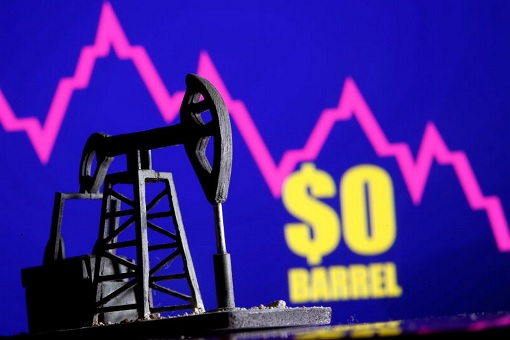
For simplicity’s sake, intrinsic value of the crude oil is the fundamental value of the physical oil itself. Time value, on the other hand, refers to the expiry date. Hence, like a canned food or perishable goods, its value would fall as the expiry date approaches. So, in the case of the WTI crude price on Monday and Tuesday, the May contract was fast losing its time value.
However, the crude oil has no expiry date and can be kept for years, unlike canned foods or perishable goods. Therefore, even if the May contract was about to expire in 2 days, it should not plunge to negative value because the physical crude oil on its own could fetch some money. That was why the energy market was shocked because such thing had never happened before.
The only explanation why oil producers willingly paid buyers to take oil off their hands, hence the price of WTI crude hitting “negative US$40”, is a shortage of space to store excess oil. It didn’t happen (at least not yet) to the international benchmark Brent crude because unlike American oil (WTI crude), which is stored on land, the Brent oil is produced near the sea and can be put on ships immediately.
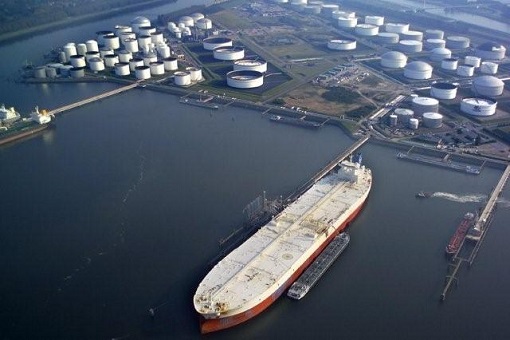
Therefore, while the cost of shipping for Brent crude is typically lower, the shipping cost of WTI is higher since it’s produced in landlocked areas where the storage facilities are limited. You can’t build storage facilities on land overnight to store American oil, but you can certainly charter oil tankers fairly quickly to transport oil like Brent to other countries.
But even super-tankers may not be sufficient to handle oversupply of oil. VLCCs (very large crude carriers) have seen its rental rate skyrockets. Capable of storing 2-million barrels, the average rate for a VLCC on a 6-month contract is about US$100,000 per day, up from US$29,000 a year ago. A 12-month lease could go up to US$72,500 a day, up from US$30,500 last year.
According to the Guardian, a record 160-million barrels of oil was already being stored in “supergiant” oil tankers outside the world’s largest shipping ports, including the U.S. Gulf – suggesting that even the international Brent Oil, also known as London Brent, is increasingly under pressure after the Monday crash of WTI Oil.
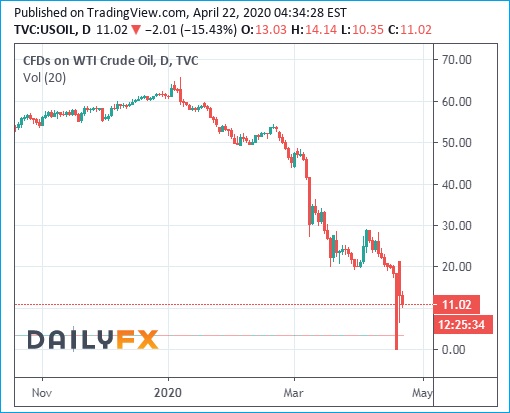
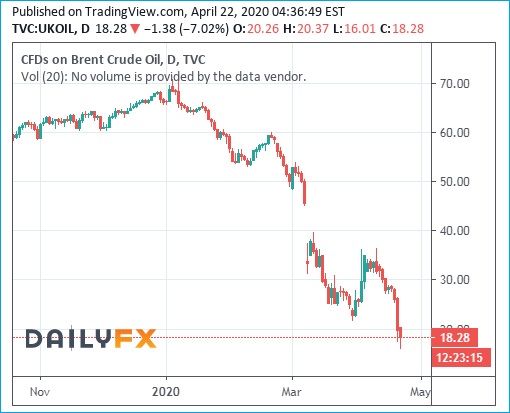
As of the time of writing (April 22), both WTI and Brent have recovered to positive territory. But at one time during the trading hour, the heavily traded U.S. WTI crude oil futures contract fell 15% to US$11.02 a barrel – its lowest close in 21 years. The International Brent crude oil, on the other hand, had dropped 7% to US$18.28 per barrel.
But the volatility could continue. The Energy Information Administration’s data, scheduled to be revealed on Wednesday later in the day, may show that the increase in U.S. crude-oil inventories exceeded 10 million barrels for the fourth consecutive week. President Trump said his administration is considering the option of offering federal stimulus funds to oil and gas companies.
While Trump said his administration was also exploring the option of taking oil off the market by pumping the commodity into the Strategic Petroleum Reserve, saying “this is a great time to buy oil”, the Congress has refused to approve funds for the proposal. Then, the president wanted to pay oil producers to stop pumping the crude. Again, it requires approval from the Congress, which is currently not in session.
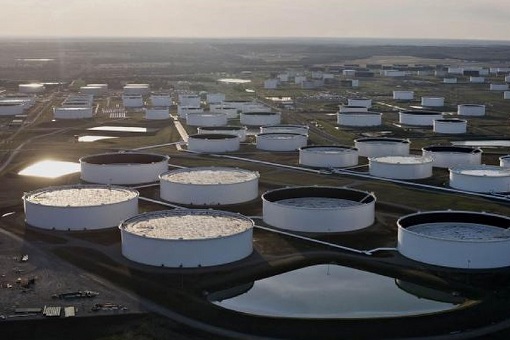
In reality, the nation is running out of places to store crude and petroleum products. America’s largest crude oil storage facility in Cushing, Oklahoma, reportedly will be full by the end of the month. Named after Marshall Cushing, private secretary to U.S. Postmaster General John Wanamaker, Cushing became a refining centre after the 1912 oil boom.
Cushing has 76 million barrels of storage capacity. As of last Friday, before the oil market crashes, the inventories were already 59.5 million barrels filled – leaving space for about 16 million barrels only. However, according to Reuters, whatever free spaces have been fully leased out to producers and traders. Even the Strategic Petroleum Reserve has only 77 million barrels of free capacity.
The Strategic Petroleum Reserve is believed to be currently holding about 635 million barrels of oil in salt caverns on the Texas and Louisiana coasts. Adding salt to the injury, the historic agreement to cut oil output by as much as 9.7 million barrels per day, made by OPEC and its non-OPEC allies together with the G-20 countries, including the U.S., will only begin on May 1.
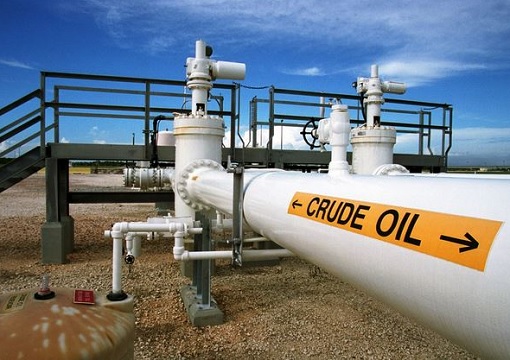
In the worst case scenario, which is very likely to happen if the Coronavirus pandemic continues forcing government around the world to lockdown billions of people from travelling, and there’re no more floating tankers at sea to store crude, major oil producers will start shutting down wells. And oil production can’t just be turned off the same way you do it with your water-tap at home, mind you.
No matter how you look at it, it’s an uphill battle trying to stockpile crude oil in the middle of a Covid-19 outbreak. The biggest problem is the fact that storing oil costs money, not to mention storage facilities are not unlimited. Ultimately, producers will find that storage is so expensive that it’s not worth to buy oil and store it.
The cost of storing was so high that it was more profitable to pay buyers up to US$40 a barrel so that they could help clear the stock of crude. That was what happened on Monday when the West Texas Intermediate crude went negative. And it may happen to Brent. It got worse when the International Energy Agency warned that demand in April could be 29 million barrels per day lower than a year ago.
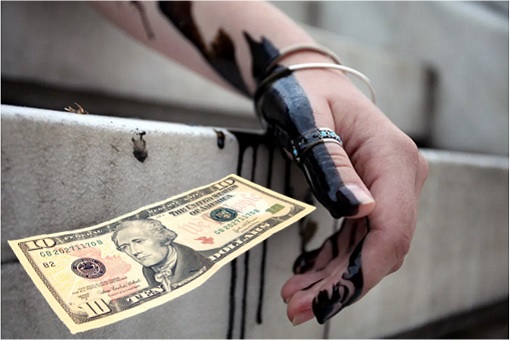
Other Articles That May Interest You …
- Kaboom! Biggest 1-Day Drop In History – Oil Is Now Below $10, And It Could Stay There For Some Time
- IMF – The “Great Lockdown” Is Set To Triggers The World’s Worst Recession Since The 1929 Great Depression
- Kaboom! – Oil Plunges Below $28, Oil-Reliant Countries Are Set To Lose Revenue By Up To 85%
- Get Ready For A Brutal Recession – Trump’s Speech Fails To Inspire As 150 Million Americans Could Get Infected
- Get Ready For $20 Oil – All Eyes On “Russia vs Saudi” After 30% Oil Crash Sparked By Price War
- Get Ready For $30 – Here’s Why Russia Prefers A Meltdown Of Oil Price Than Another Supply Cut Proposed By Saudi
- Forget OPEC – These 3 Powerful Men Will Determine & Control The World Oil Prices
- Here’s How Oil Could Crash To $10 – In 6 To 8 Years
- Meet United States – The World’s Latest Oil Exporter – After 40 Years
- Here’s Why Oil Above $100 Will Never Happen Again, Ever, Forever!!

|
|
April 22nd, 2020 by financetwitter
|


|

|

|

|

|

|
Comments
It would cost Malaya very much less now, PH, as opposition, keeps its unfulfilled promise, demand Moo’s gomen now give at least 25% of the oil revenue to Sarawak.
Whether or not better days would return to the oil industry, it would at least show PH as something of an almost trustworthy outfit than just another bunch of devious colonialists, to cut a “fairer” deal for Sarawak still far short of letting it claim independence from what after all was a British neo-colonial setup.
We can’t expect UMNO with its backward feudal mentality and a reputation for plunder to do anything half-decent for Sarawak, but surely PH can improve its image, stop behaving entirely like UMNO.
Malaya cannot live without Sarawak. But Sarawak will surely die with Malaya’s gift for self-destruction.




























It’s all bad news for our economy any drop in the price of oil.
It means Malay a would not get much out of the plunder of Sarawak.
The good news, though, is the gomen may be able to just about knock a few sens off the price of petrol.
The further bad news is the effect of the coronavirus on the economy, your jobs, your pockets, means quite a number of you would have had returned your cars or bikes returned to your favourite repo Ah Long uncles already!